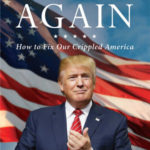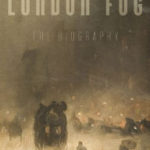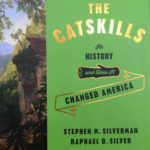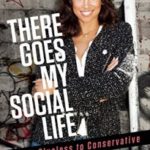
The World According to Trump
Reading this book has much the same impact as listening to one of his free-wheeling speeches. Significantly, it is a conscious strategy by his own admission.

Reading this book has much the same impact as listening to one of his free-wheeling speeches. Significantly, it is a conscious strategy by his own admission.

In the eight chapters that comprise Corton’s book, fog emerges as an active, even murderous protagonist in the city, enticing, disorienting, and even poisoning those caught in its grip. Descending suddenly and often lingering for days, fogs would periodically cast London in an inescapable cloud of chill and gloom.

Roberto Durán made and spent millions, winding up broke, as most poor boys who became successful athletes do. During his salad days, he had a huge entourage, manzanillos, the “Panamanian slang for people who leech off the rich and famous,” as Durán puts it in his autobiography, to whom he gave away thousands a day. He drank, ate, whored, had children out of wedlock for which his wife forgave him. He apologizes for none of it. His autobiography is a defense of his life, an apologia, not an expression of contrition.

Concussion is replete with virtues and vices. It is vivid, sympathetic, in some ways convincing, in some ways balanced. On the other hand, it is often dumbed down to the point of being childish.

For Schlafly, Trump, as a personality, is clearly a break from the moderately conservative Republican nominees of the last few elections like Romney and McCain, which is part of Trump’s appeal. His crudity, his bluntness, and his bouts of incoherence are signs of authenticity, of an utter refusal to submit to the sensibilities of liberal/leftist zeitgeist.

Alone atop the Hill affords a unique look into the life and times of Alice Dunnigan, an African American pioneer of journalism in an age spanning Jim Crow to the beginnings of the civil rights movement.

When we read a book about a place, be it a city, a state, a country, or a less geo-politically oriented “region,” we ideally want a convincing case for what exactly makes the area in question compelling, or at least a definite idea from the authors what about that place attracts them. While reading this book I found myself wondering who the intended or imagined reader might be.

Peter Baldwin’s The Copyright Wars explores the roles and histories of technological innovations, culture, political and legal institutions on incentives influencing writers, publishers, and audiences. However, his analysis is not always consistent or rigorous.

In striking a balance between the drearier and more inspirational aspects of their tale, the co-authors of Radicals in America: The U.S. Left Since the Second World War, tend, on balance, to emphasize the positive. As they argue in their introduction, although the “radical left has always been a minority current” in the United States, it has “propelled major changes and frequently given shape to what Americans broadly take as the nation’s core traditions.”

In There Goes My Social Life Dash believes she can see outside herself because she has placed herself outside the mainstream of her racial group by being a conservative Republican. But this move has given her distance, not perspective.